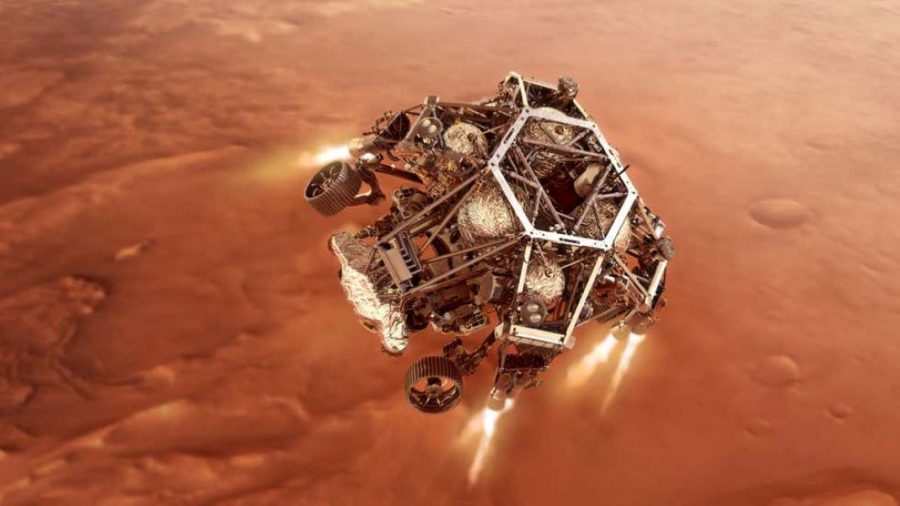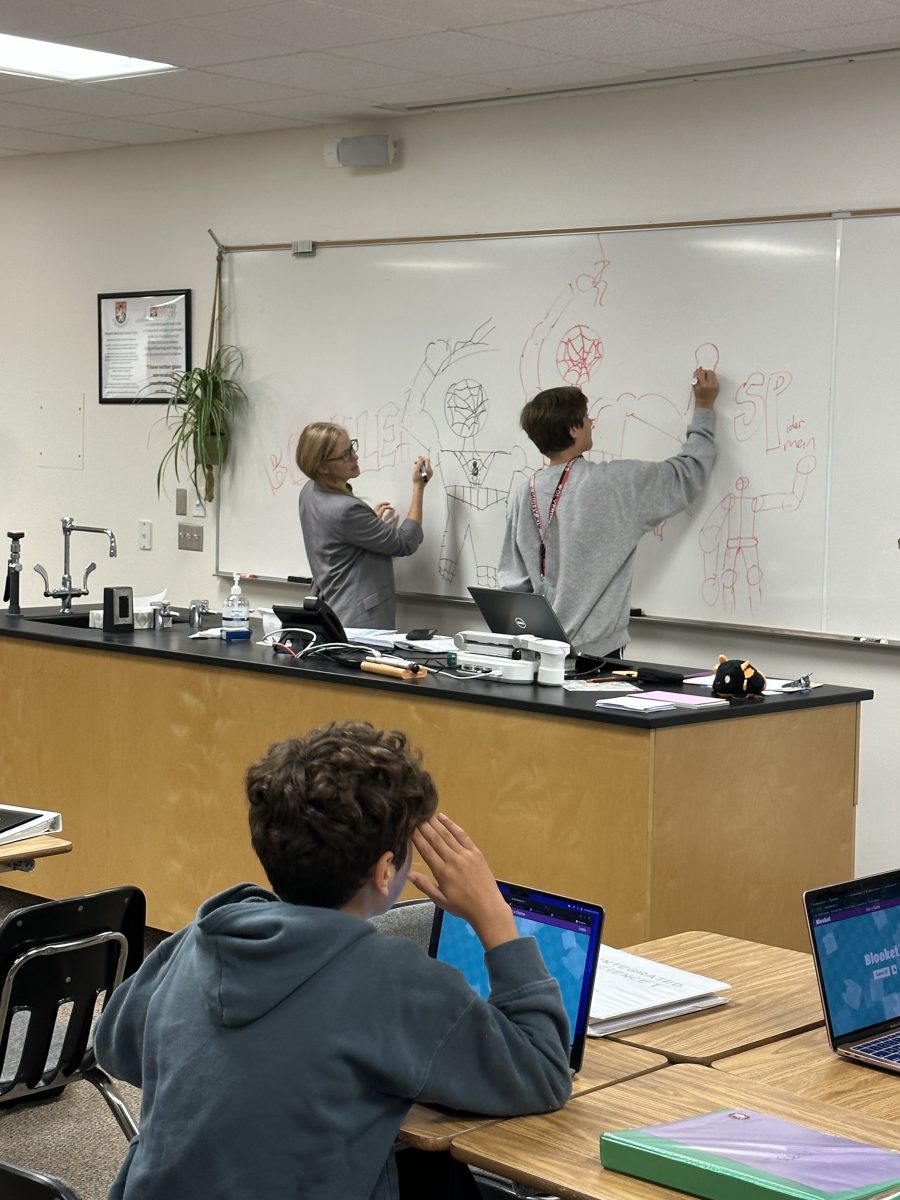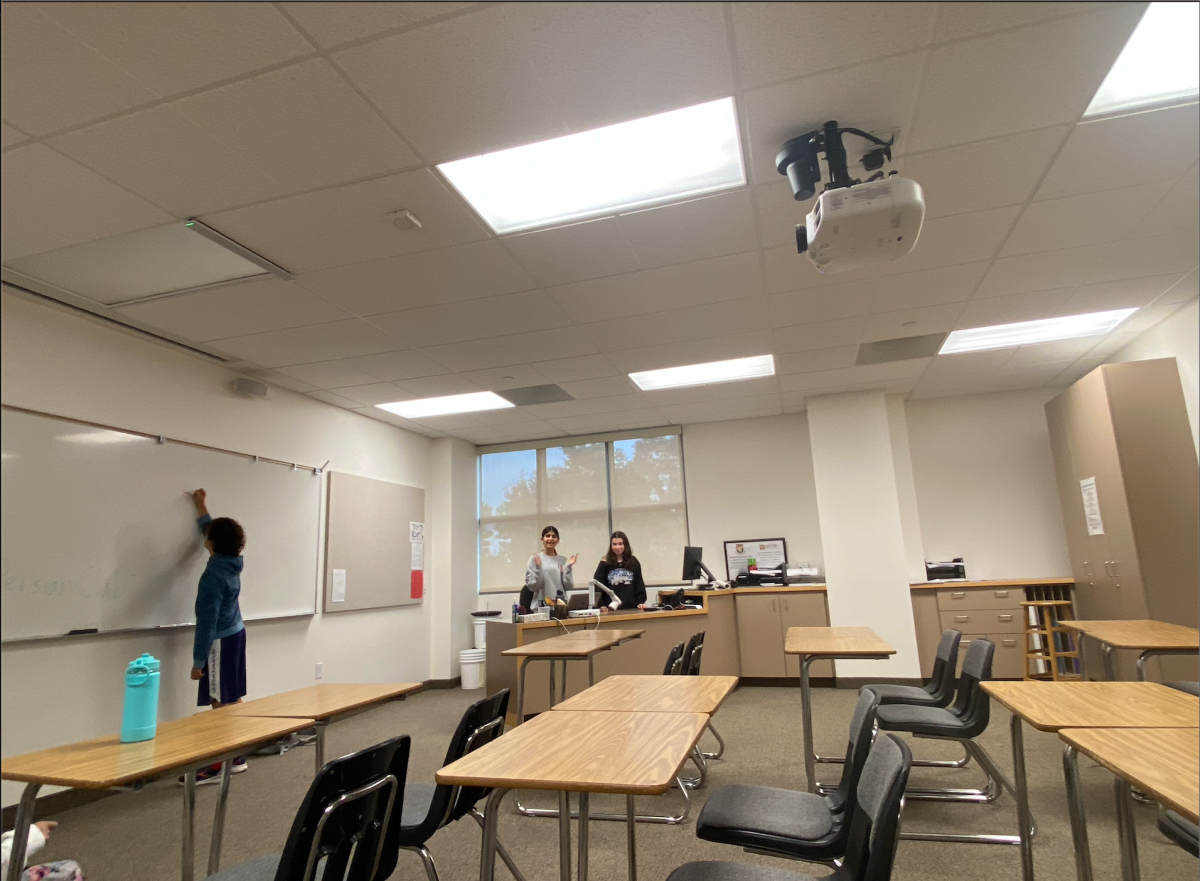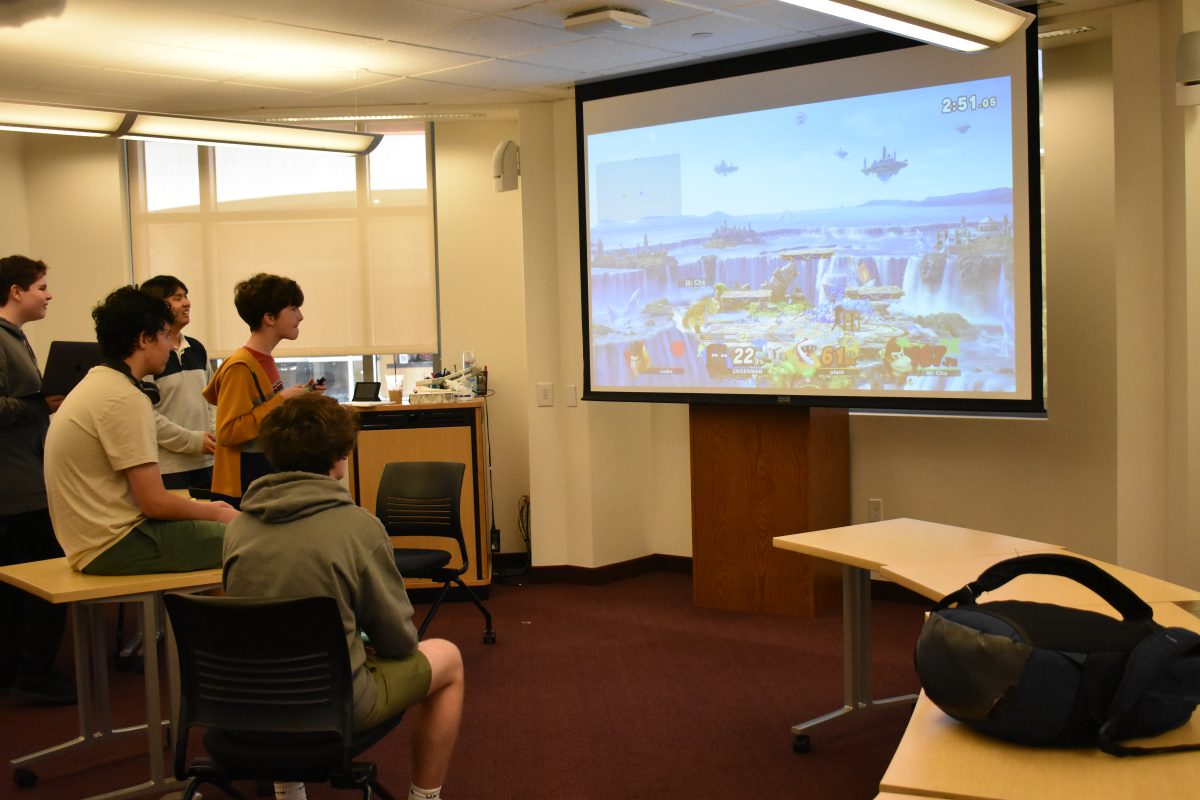NASA’s rover, named Perseverance, touched down on the surface of Mars Feb. 18, a remarkable feat that wowed more than 40 million people across the globe and moved mankind one step closer towards the colonization of outer space. The conclusion of a seven-month journey to the Red Planet, Perseverance finally busted through the Martian atmosphere and slowed to a safe descent, ready to begin seeking the soil for past life.
The rover was engineered and manufactured at the Jet Propulsion Laboratory (JPL) in Pasadena, Calif. Mark Rober, a Youtube personality and science enthusiast has called the NASA site “the center of the universe” for its history in building the majority of the orbiters, probes, and spacecraft sent out beyond Earth’s orbit. Amazingly, JPL was able to pull the entire descent stage autonomously, having the rover self-navigate towards its designated landing site, slowing down from just under 25000 miles per hour to a gentle touchdown.
Perseverance touched down at what Martian geologists have called Jezero Crater, the bottom of an ancient lake once filled with water. Scientists have always pursued the question of whether or not Mars was occupied with ancient life. Using radar and probes in the Martian orbit, humans have identified that perhaps the chosen landing site may have hosted a variety of species, the most likely being microbial life. Not only do the experiments conducted there improve our understanding of our planet and origins, but also give us a gateway into what space colonization may look like moving into the future.
According to the official NASA website, Perseverance is the most complex thing engineers have built and sent to another planet, including several gadgets we’ve used on previous missions to Mars as well as some new ones in testing. The SUV-sized rover is almost identical to NASA’s older rover Curiosity, which landed in 2012 and is still in operation today.
Perseverance includes many of the powerful features Curiosity hoisted, including laser imaging, X-ray capabilities, radar, and a nuclear-powered source of energy (the rover uses the heat from plutonium radioactive decay to convert into electricity.) Surprisingly, the battery will last 14 years, enough to keep the rover moving however long it may want to be in operation.
But on top of the general gadgets and chassis that it shared with its older brother, Perseverance also comes with an entirely new set of instruments, both modernized and equipped to meet the newer scientific objectives we have set. The rover is equipped with a new hollow drill that can both study and cache samples for later collection and recovery. Unlike Curiosity, which simply took rock dust and studied it aboard, Perseverance will load the samples into 43 small containers that a future mission may retrieve, launch, and land back on Earth. NASA claims that the process will take upwards of a decade, but sometimes it’s plausible to wonder whether or not humans will have set foot on the red planet by then.
Another incredible feature loaded on the rover is a miniature helicopter drone that is attached to its underbelly. NASA has released animations that depict it unveiled from under the rover, and flying upwards, taking pictures of Perseverance, as Perseverance takes pictures of it. The drone, named Ingenuity, will be the first powered flight ever conducted on another planet, again, a remarkable feat.
An important new gadget is Perseverance’s MOXIE instrument- essentially a mechanical plant that converts Martian CO2 into oxygen. And since future explorers landing on Mars will need to breathe and use rocket fuel, an abundance of oxygen is greatly needed.
According to NASA, if MOXIE does in fact prove to be highly effective, we’ll be able to take advantage of the 96% carbon dioxide atmosphere on Mars, creating a habitable space and supplying upwards of 75% of the propellant needed for exploration.
After more than a decade, the entire rover, equipped with all of its science instruments and weighing 2260 lbs, successfully touched down on the surface of Mars, but the key events leading up to the landing were in the past year or so.
The rover and landing equipment were launched on July 30, 2020 aboard one of the most powerful rockets,the Atlas 5. After several stage separations that boosted the rocket further into orbit, it began the cruise stage. Departing from the rocket at about 24,600 miles per hour, the spacecraft begins a seven month journey towards the red planet.
Using mathematical and astronomical studies accompanied with several trajectory correction maneuvers, the spacecraft will be able to successfully navigate towards the surface of Mars. It is also important to note that all opportunities to adjust the spacecraft’s path are meant to perform an atmospheric entry as close to Jezero Crater as possible.
The most challenging part to master, however, lies in slowing the spacecraft down enough so that it doesn’t come crashing down onto the red planet like a crater. This is informally known as the “seven minutes of terror”, the time between entry of the atmosphere and touchdown on the surface. When the spacecraft first comes in contact with the upper atmosphere, it is exposed to 4000 degrees Fahrenheit, which is why it is equipped with a heat shield that is able to withstand the temperatures caused by such friction. Simultaneously, thrusters aboard the sides of the spacecraft fire to adjust best-fit trajectories that will guide Perseverance towards Jezero Crater. And although the heat shield may have just had to withstand extreme temperatures, the speed of the rover reduces almost 99%.
Now four minutes in, the supersonic parachute gets deployed, reducing the rover to just about 200-300 mph. The heat shield is separated from the spacecraft, allowing cameras on the bottom of the rover to capture the rover’s descent as well as perform radar calculations to perfect its trajectory further. Hitting a complete science laboratory twice the speed of a baseball would still destroy it completely, so the backshell of the spacecraft separates, revealing the most sophisticated stage of the descent- the sky crane.
The crane includes eight powered rockets that hold the spacecraft afloat while carefully slowing it, as well as creating a terrain relative navigation solution, diverting the spacecraft to the best-suited area for a touchdown. And since it would be impossible to land the rover in this configuration without kicking up loads upon loads of Martian dust onto the instruments and perhaps generating a man-made crater, we would have to lower it manually while keeping the sky crane afloat.
In the last few seconds, the rover gets detached from the sky crane and lowered with three 21-foot strong ropes. You may hear in the live stream replay of mission control during the descent, “Tango Delta”, a phrase indicating that the rover has made contact with Martian soil. Soon after, we confirm touchdown and the sky crane gets separated, flying off as far away as possible, eventually crashing and running out of fuel.
NASA has an animation that depicts the process in detail, but they have recently released brand-new jaw-dropping footage that captures the descent in high definition, all from the parachute deploy to the final sky crane maneuver. Perseverance has also sent us a recording of a Martian breeze recorded by its two onboard microphones. The added filming and recording capabilities will allow the general community to experience outer space like never before.
Elliott Parivar, a middle school science teacher, happened to have free periods during the day of the landing. He described the feeling when the rover touched dow
n as “jubilant, excited, proud, and a moment in history never to be forgotten.” Dr. Parivar also attributes the most exciting part of the process to the sky-crane stages, as never before has NASA been able to land with such precision. He describes, “In the past, they had dropped other rovers off, encased by inflatable balloons, tumbling and rolling hundreds of feet, before coming to a stop. It takes a great deal of “engineering” to accomplish what they had done so successfully. Science rules.”
Perhaps the most interesting part of the landing is that what happened on Mars takes about twelve minutes to successfully translate into a signal here on Earth, based on the speed of light. So while NASA engineers hold their breath in suspense to hear whether Perseverance has crashed or safely landed, the rover has already met its fate 144 million miles away. Stay tuned with NASA to hear more about the rover’s discoveries.

















